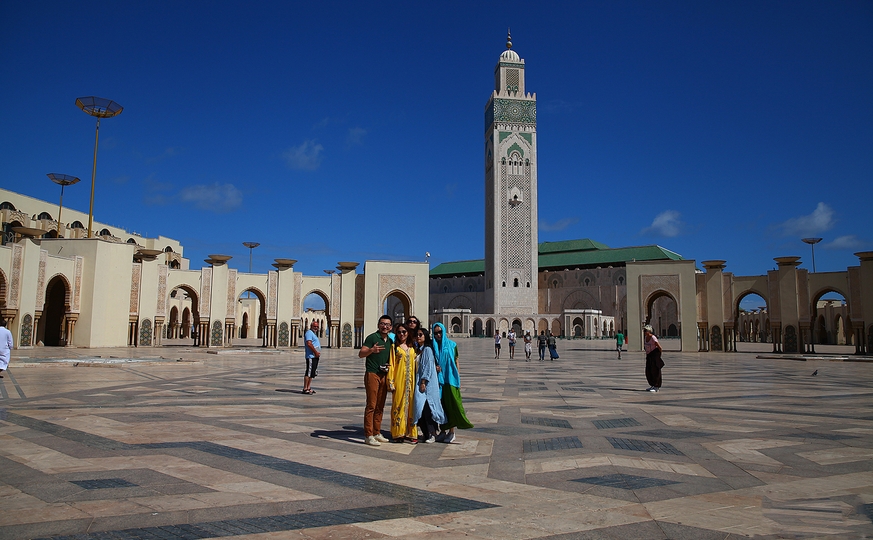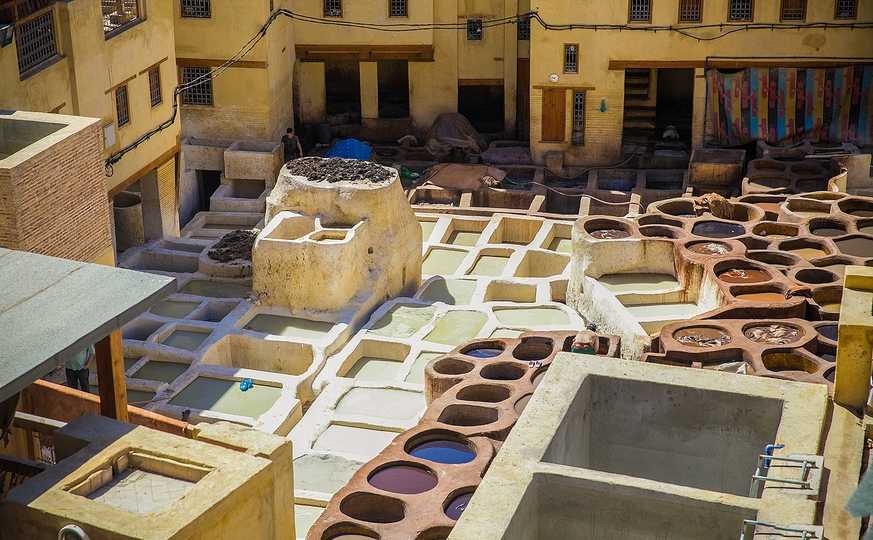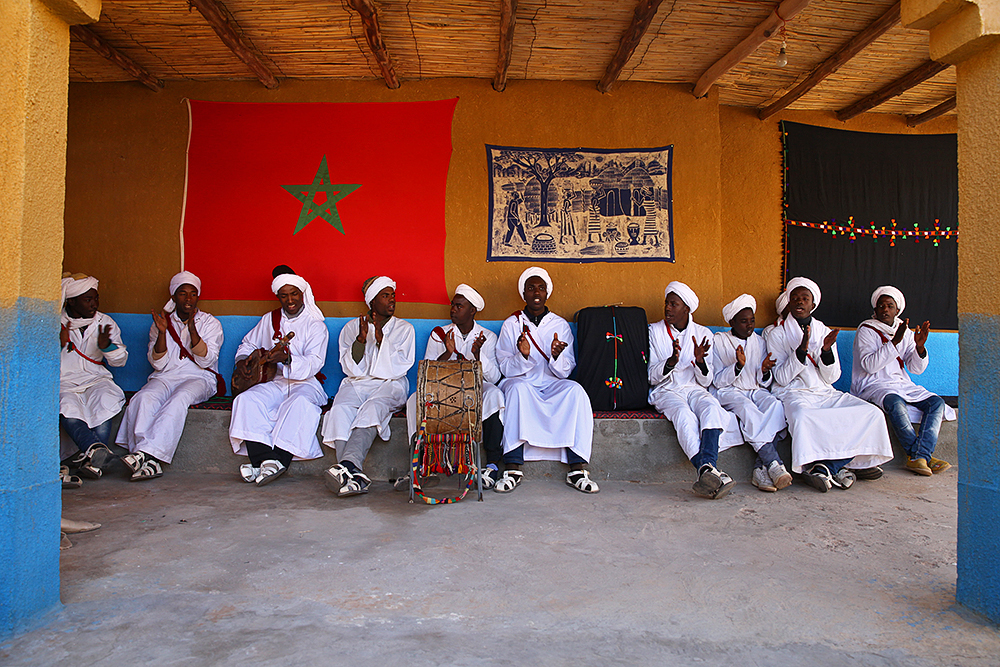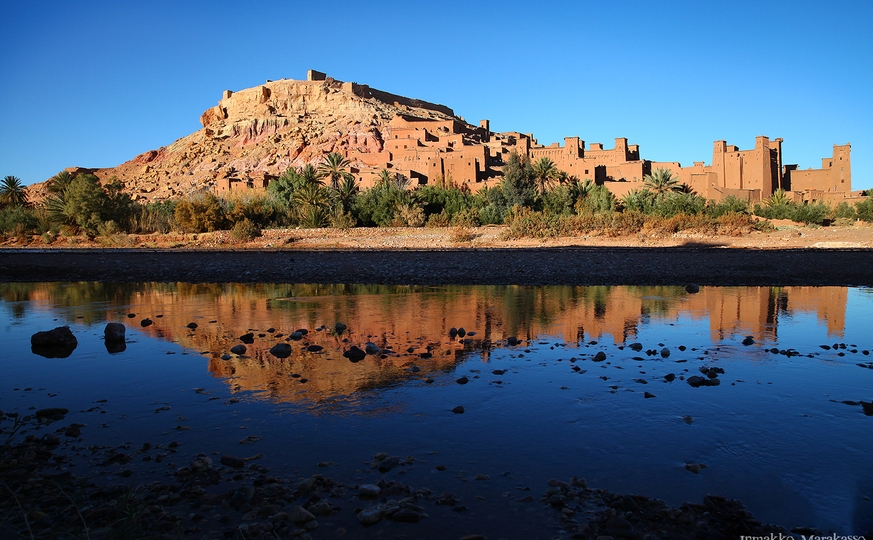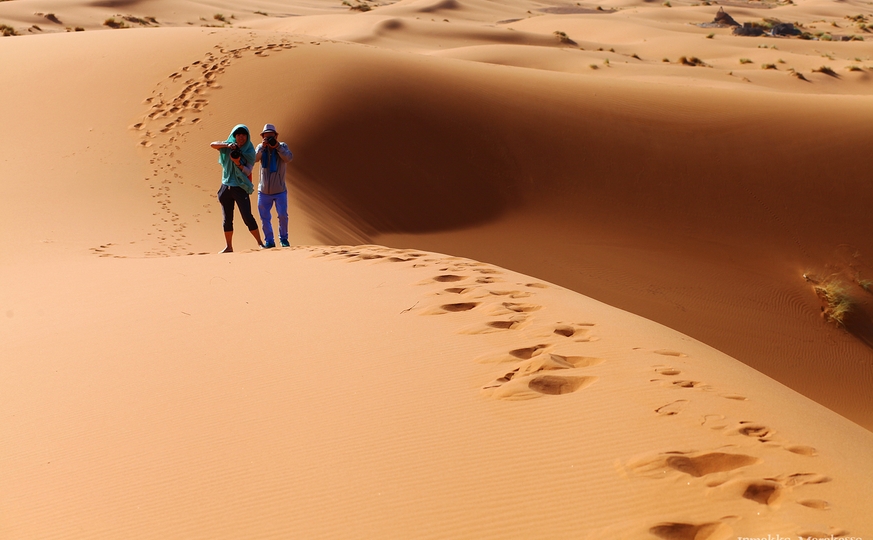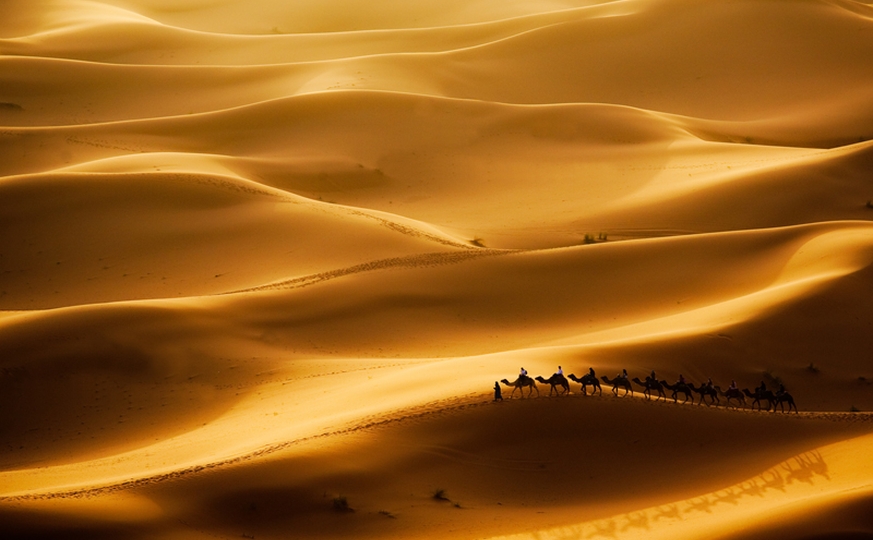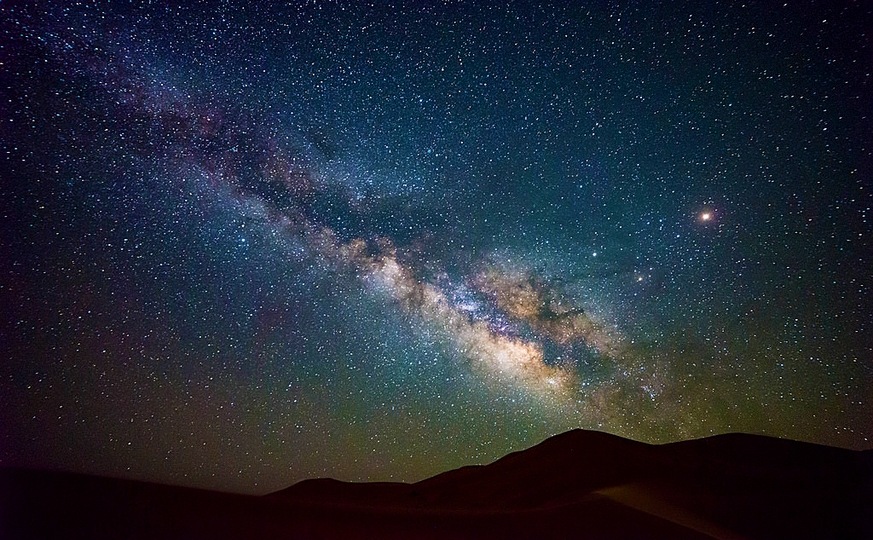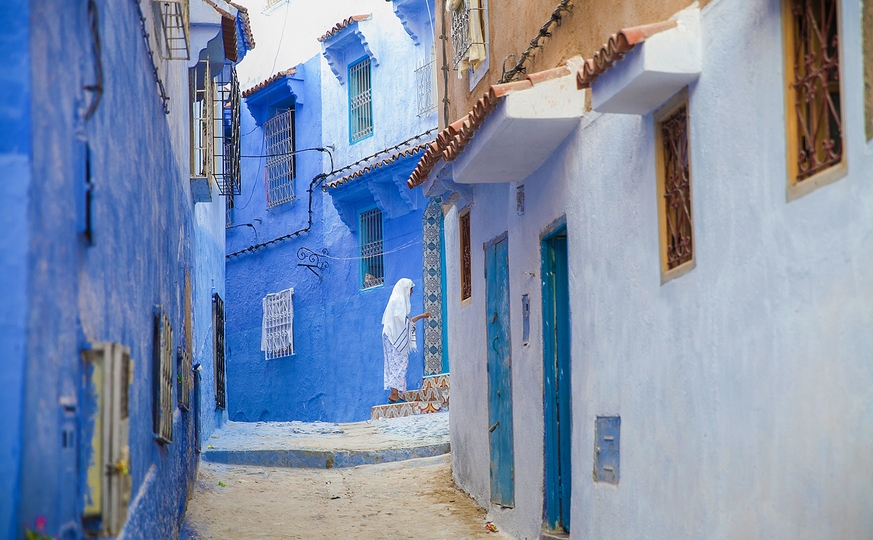General
Leader of Photo project: Mila Belhaje (Inmakko Marakasso)
Group: min 4 persons. Free date.
DAY 1: ARRIVAL IN CASABLANCA
We will meet you in the airport, transfer to your hotel. Instruction about features of shooting in Morocco. Then we start the guided photo visit of the economic capital of Morocco. Photo shooting impressive architecture, wander through vibrant markets, and tour the splendid Hassan II Mosque on this beautiful coastal drive. Continue to the New Medina of Casablanca, also known as the Habous Quarter, and shoot its attractive Arab-Islamic architecture. During the filming of consultations and individual theoretical, practical training with the teacher.
The main type of photos: Architectural photography.
Accommodation in Riad.
DAY 2: CASABLANCA – MARRAKECH
We reach via Marrakech, we have 2 hours driving for discover the red city Marrakech. Enjoy a guided tour of the historical and cultural heritage of Marrakech. In the evening the mine square Jamaa al Fna full for photo shooting. Photo shooting in Jamaa al Fna capturing ordinary, everyday life in public spaces or life of people, musicians and snake charmers. There are also few more pleasurable ways to spend time in Marrakech than wandering around the seemingly endless maze of markets in the Medina. Beginning on the north edge, the souks comprise alleyway upon alleyway of tiny retail cubicles. The further in you venture the more interesting they become. During the filming of consultations and individual theoretical, practical training with the teacher. Free time to view and selection photos for night discussion.
The main type of photos: Street / Architectural photography.
Accommodation in Riad.
DAY 3: MARRAKECH – AIT BOUGMEZ (HAPPY VALLEY)
Early in the morning we will leave Marrakech to ascend towards Ait Bougmez, the most beautiful mountain valley in Morocco. It is a wide flat expanse of fruit orchards, fields of barley, and green pastures criss-crossed by flowing streams. Ait Bougmez Valley have a wide range for Landscape photography. These include the Mgoun Massif, Abachkou town, Tarbat ‘N’ Tirsal village, and the Mdiwel Valley. The hiking plan in the valley is adaptable to individual requirements – from gentle walks in the valley, to a combination of valley and mountain hikes, as well as the possibility of climbing the highest mountain in the region, M’Goun. After having lunch we will going through great and fantastic landscapes such as, the conventional Berber villages and cliffs. We will overnight in traditional guest house, enjoying a Berber dinner. Free time to view and selection photos for night discussion. During the filming of consultations and individual theoretical, practical training with the teacher.
The main type of photo: Landscape photography.
Night viewing and discussion of the results of the shooting day. Workshop of post production Landscape photography (Color, Saturation, sharpness – program Adobe Photoshop).
Accommodation in Riad.
DAY 4: AIT BOUGMEZ (HAPPY VQLLEY) – TODRHA
We will continue to the oasis of Skoura with its large palm grove and a beautiful Kasbah, an ancient hunting ground of important caliphs and sultans. We will continue through the great Dades Valley, also called “the route of the Thousand Kasbah”, towards the Gorges of Todra. Todrha Gorge, where a 300m-deep fault splits the orange limestone into a deep ravine at some points just wide enough for a crystal-clear river and single-file trekkers to squeeze through. The road from Tinerhir passes green palmeraies (palm groves) and Berber villages until, 15km along, high walls of pink and grey rock close in around the road. The approach is thrilling, as though the doors of heaven were about to close before you. Evening shoot in Todra gorges. Free time to view and selection photos for night discussion. During the filming of consultations and individual theoretical, practical training with the teacher.
The main type of photo: Landscape photography.
Night viewing and discussion of the results of the shooting day.
Accommodation in Riad.
DAY 5: TODRHA – THE SAHARA DESERT
We will leave the skirts of the Middle Atlas and continue towards Erfoud with its enormous palm tree of the Valley of the Ziz. We will have lunch in Erfoud and continue to the nearby village of Rissani, an agricultural village that has grown on the edge of the desert thanks to the waters of the Ziz. Formerly, it was an important religious center and a meeting place for caravans. Food in Rissani. Visit and photo shooting to the Souk of Rissani capturing ordinary, everyday life of people. In the afternoon we arrive at the dunes of Merzouga we change our transport to entry to the heart of dunes by the camels. Photo shoot in the dunes of desert and capture that perfect moment for sunset. After dinner shoot of the night sky with long exposure photography. During the filming of consultations and individual theoretical, practical training with the teacher.
The main type of photo: Landscape photography / Night-long exposure photography.
Accommodation in bivouac of the desert.
DAY 6: DESERT
We will wake up at 6.00 and shooting sunrise in the dunes of desert. We will begin the tour of the dunes, passing through villages in the desert, one of them are the people of Khamlia where you enjoy the music of Gnawa and photo shooting of berber musicians. We then continue via the nomadic desert where people live in their haimas. After the photo shooting of oasis and the gnawa music, free time in the hotel or stylized photo shoots. We can create our own berbers portrait in traditional clothes. During the filming of consultations and individual theoretical, practical training with the teacher.
The main type of photo: Landscape / Portraiture / Art photography.
Night viewing and discussion of the results of the shooting day.
Accommodation in hotel.
DAY 7: MERZOUGA – FES
We will go to the Ziz valley, where the green waters of the lake formed by Hassan Addakhil Dam stand out against the surrounding red rocks. During the filming of consultations with the teacher. It’s worth taking some time here to explore the rich palmeraie. Departure to Midelt then we arrive to the Ifrane, also known as the Switzerland of Morocco. Our drive takes us through Azrou cedar forest where we will shooting the monkeys indigenous to this region and then continue via the Middle Atlas Mountain still Fes. In the evening we arrive to Fes.
The main type of photo: Landscape photography.
Night viewing and discussion of the results of the shooting day. Workshop of post production Portraiture photography (The Frequency Separation Technique, make up – program Adobe Photoshop).
Accommodation in riad.
DAY 8: FES – VOLUIBILIS – CHEFCHAOUEN
We start the photo visit of Fez, the oldest medina in north Africa. Fez, the spiritual capital of Morocco. Interesting city, the old Medina which is a UNESCO World Heritage Site. Photo shooting leather tanneries, the small streets and their interesting inhabitants. After we will head to Volubilis, the ancient Roman city where are the most important archaeological sites in Morocco. In Volubilis free time to shooting the area quietly. After the visit we reach the bleu city or like what we call it heir in morocco the perle of the north Chefchaouen is another worldly escape nestled in Morocco’s Rif Mountains. As well as its distinctive palette of blue and white buildings, a striking contrast with the arid setting, this blue town has plenty to offer photographers. During the filming of consultations and individual theoretical, practical training with the teacher.
The main type of photo: Street / Architectural / Landscape photography.
Night viewing and discussion of the results of the shooting day.
Accommodation in hotel.
DAY 9: CHEFCHAOUEN – TREKKING TO THE RIF MOUNTAINS
We will wake up in the morning, and after breakfast we will go to photo shoot the blue city Chefchaouen. The old medina is a photo delight of Moroccan and Andalucian influence with red-tiled roofs, bright-blue buildings and narrow lanes converging on busy Plaza Uta el-Hammam and it is restored kasbah. After discover to the Rif Mountains, where you’ll pass some waterfalls. In the evening shooting beautiful sunset in high point in Chefchaouen. During the filming of consultations and individual theoretical, practical training with the teacher.
The main type of photo: Street / Architectural / Landscape photography.
Night viewing and discussion of the results of the shooting day.
Accommodation in riad.
DAY 10: CHEFCHAOUEN – RABAT
We will travel to Rabat. Today we will shooting the monuments of Rabat. We will go to the Kasbah of the Udayas – this is the fortification constructed on a mountain, overlooking the ocean. The Kasbah was constructed during the realm of the Almohads. Where you can explore the laid-back medina and visit the Chellah Gardens. Then you continue to the Medina – this is most attractive street in Rabat. Medinas are typical Moroccan markets and this area is a photo’s paradise. During the filming of consultations and individual theoretical, practical training with the teacher. Free time to view and selection photos for night discussion.
The main type of photo: Street / Architectural photography.
Night viewing and discussion of the results of the Photo tour and show the best photos.
Accommodation in Riad.
DAY 11: RABAT – TRANSFER TO AIRPORT CASABLANCA
Transfer to the airport, end of our services.


